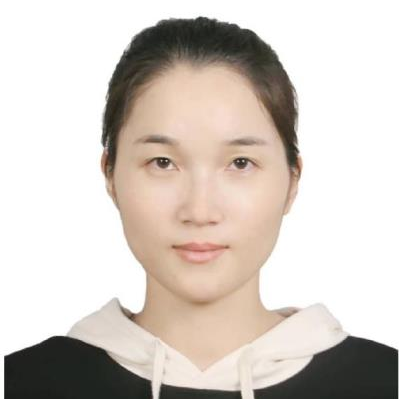Applied Nonlinear Dynamics, Vibration, and Control in Industrial Systems
A special issue of Machines (ISSN 2075-1702). This special issue belongs to the section "Machines Testing and Maintenance".
Deadline for manuscript submissions: closed (31 July 2023) | Viewed by 11607
Special Issue Editors
Interests: nonlinear control; control applications; intelligent robotics
Interests: vehicle control; mobile robotics; flying robotics; motion control; robot control; motion/trajectory planning; dynamics analysis and control of mechatronic systems
Special Issues, Collections and Topics in MDPI journals
Special Issue Information
Dear Colleagues,
More and more research and development activities are involving multidisciplinary and interdisciplinary work collectively carried out by researchers and engineers from various backgrounds today. This Special Issue aims to provide a high-quality academic exchange platform for the most recent advances in areas related to nonlinear dynamics, vibration analysis and control, control system theory and methods, robotics, and their various engineering applications. This Special Issue will reflect the state of the art of applied nonlinear dynamics and control in science and engineering practice and is an opportunity to exchange scientific, technical, and experimental ideas in a multidisciplinary and interdisciplinary manner.
This Special Issue will serve as a practical and comprehensive forum for exchanging novel research ideas or empirical practices that bridge the control of modeling, simulation, experiment, and control of practical engineering systems. Papers that analyze particular aspects of the nonlinearity employment of industrial systems, involving, for example, the influence, estimation, and attenuation methods of the internal and external disturbances and uncertainties, are welcome.
Dr. Menghua Zhang
Prof. Ning Sun
Guest Editors
Manuscript Submission Information
Manuscripts should be submitted online at www.mdpi.com by registering and logging in to this website. Once you are registered, click here to go to the submission form. Manuscripts can be submitted until the deadline. All submissions that pass pre-check are peer-reviewed. Accepted papers will be published continuously in the journal (as soon as accepted) and will be listed together on the special issue website. Research articles, review articles as well as short communications are invited. For planned papers, a title and short abstract (about 100 words) can be sent to the Editorial Office for announcement on this website.
Submitted manuscripts should not have been published previously, nor be under consideration for publication elsewhere (except conference proceedings papers). All manuscripts are thoroughly refereed through a single-blind peer-review process. A guide for authors and other relevant information for submission of manuscripts is available on the Instructions for Authors page. Machines is an international peer-reviewed open access monthly journal published by MDPI.
Please visit the Instructions for Authors page before submitting a manuscript. The Article Processing Charge (APC) for publication in this open access journal is 2400 CHF (Swiss Francs). Submitted papers should be well formatted and use good English. Authors may use MDPI's English editing service prior to publication or during author revisions.
Keywords
- engineering applications
- internal and external disturbances
- dynamic uncertainties
- vibration isolation
- nonlinearity
- robotics
- signal processing
- robustness
- optimization
- underactuated systems






